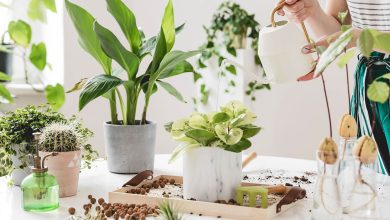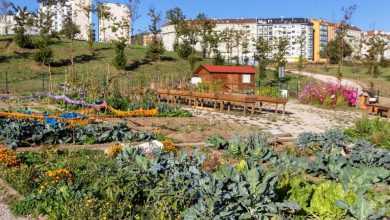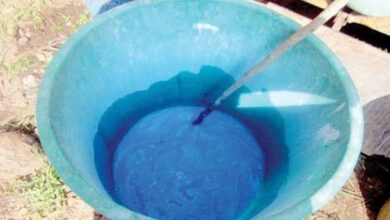Blanching vegetables: everything you need to know
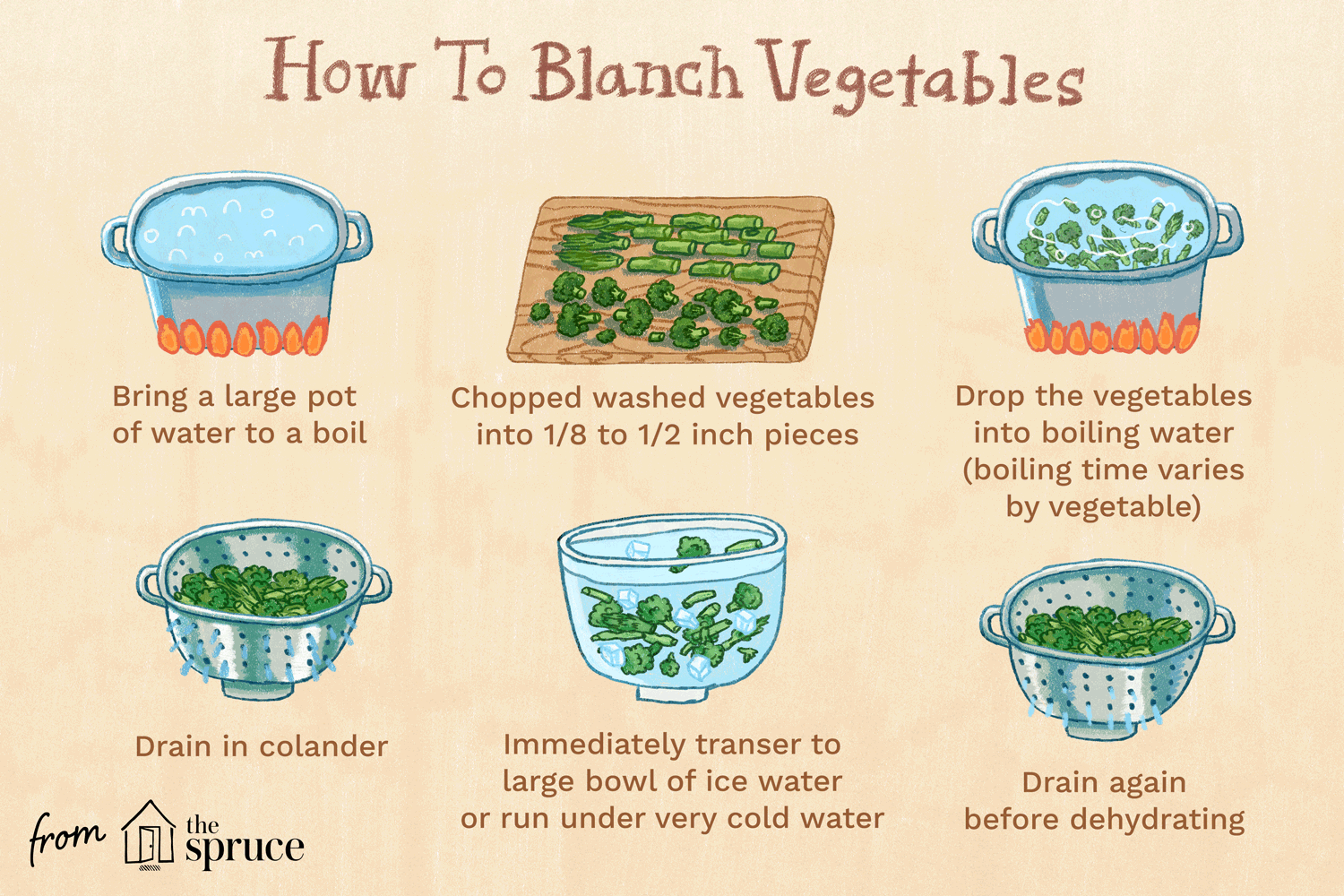
Hello Agrohuerters!, As the title of today says, we are going to talk about a new technique that is increasingly used in conventional agriculture, but very little is known in urban agriculture and we are talking about the laundering of vegetables.

What is vegetable blanching?
Blanching vegetables is a widely used technique, especially in leafy vegetables, as well as all kinds of lettuce, escarole, celery, etc.
The main goal is to make the inner leaves mostly as white as possible instead of the typical dark green color. This is achieved by preventing the sun from reaching the areas that we want to make whiter.
Why blanch vegetables?
This technique is mainly used because the vegetables are much more tender and juicy. They are also cleaner which is a great advantage when washing
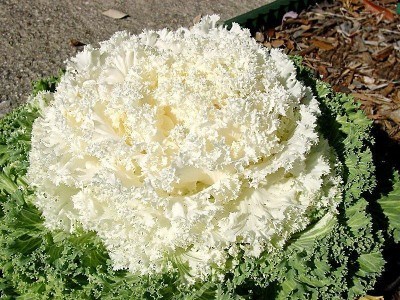
products before consuming them, as it will take less time.
How to blanch vegetables
There are different methods for blanching vegetables. Traditionally it has been done by covering the plant with soil; but this harms the plant since it makes it dirty and what is sought, among other things, is that the plant is even cleaner. Another negative point is that the plant can contract a disease because it is all in contact with the ground, but it has been done this way because it is a very cheap method.
Other methods are currently used, such as the following:
Tied
Tying: this is done with elastic bands, it is a method widely used for lettuce. You have to tie plant by plant. The problem is that only the inner leaves are whitened, the outer ones are not.
Separation between plants
Short separation between plants: What you want with this method is to plant or transplant, leaving the minimum space between plants, so that they are so close together or attached to each other that sunlight cannot penetrate. This is especially in celery, because it works very well. The drawbacks are that they can contract diseases or pests more quickly or that if one plant contracts it, the others become infected even more quickly.
Paper
Paper: With white paper, cut sufficiently large pieces and place them around the plant, to join the two ends it can be done with tape. It has two drawbacks, the first is that if it rains the paper falls apart, and the second is that it is a tedious job to place it on all the floors, especially if it is a large orchard.
plastic hats
Plastic hats: This is widely used in the cultivation of escarole, in which it is very complicated to tie the plants or to join them, since they would lose quality. The «caps or hats» are a plastic hemisphere with a hole in the upper part, which is called a chimney. They are usually white so that the plant does not heat up and burn.
The main function of the chimney is that the plant performs the gas exchange, that is, it can «breathe» and thus it does not heat up at all. One of the great advantages of this technique is that they are placed very quickly on the plants.
Each cap could be replaced by a plastic one that would cover them all at once, which is much cheaper and reduces work, but they suffer a little more. If you opt for this last option, it is advisable that the plastic be white in summer and black in winter.
Specific varieties

Specific varieties: There are already varieties on the market that «self-bleach», that is, they do not turn completely green by themselves. This is an advantage in every way, because you really don’t need to do anything. But the only drawback is the price of the seeds, which can be a bit high. An example of this is yellow celery (Golden spartan).
When to blanch vegetables?
Bleaching is done approximately one or two weeks before harvesting. It cannot be done earlier because the plant would be very small and needs a certain time to grow. Therefore, it can only be done when it is already a certain size and it is an adult, so it also withstands heat better, because by putting a foreign body on it, more heat is retained inside the plant.
All are 100% ecological methods, where the plant does not suffer and easy to do at home. For the urban garden, the most recommended is paper, because it is very easy to obtain and cheap, it can even be used recycled, and if it has not been damaged by the rains or other reasons, it can be reused in the next harvest.
So Agrohuerters invite you to use this new technique of blanching vegetables, since it is very easy to introduce in the planning of your garden, it does not require much time for urban gardens or flowerpot gardens and on the other hand you will enjoy the texture more of the vegetable at the time of eating it. Regards and until next time!

![Photo of Polygala Myrtifolia: [Crop, Irrigation, Associations, Pests and Diseases]](https://www.complete-gardening.com/wp-content/uploads/2021/06/Polygala-myrtifolia-390x220.jpg)
